The Bialetti Moka: the ultimate romantic design object
If there were a ranking of the most popular design objects in the homes of Italians, Bialetti ’s Moka would probably earn a place on the podium: until not so long ago, before pod or capsule machines were invented, the Moka still competed strongly with domestic espresso machines and it was really hard to find a home that did not have one. Despite the decline in its popularity, the Moka is still a fairly common item in Italian homes today: we can consider it a bit like the coffee maker of the last romantics, an object that is also ecological if you will, since making coffee with the Moka, besides having a kind of ritual that is unknown to modern machines, is much more environmentally friendly than pod or capsule machines, and of course it guarantees considerable economic savings. What’s more, the Moka has sold millions since it was invented in 1933, and outside Italy it is commonly associated withItaly. Indeed, the Bialetti coffee maker has become one of the undisputed symbols of Made in Italy in the world of coffee preparation. Its simple, elegant and recognizable lines, combined with its effectiveness in producing intensely flavored coffee, have made it a popular icon.
The innovative coffeemaker was invented in 1933 by Alfonso Bialetti (Casale Corte Cerro, 1888 - Omegna, 1970), an inventor and entrepreneur of Piedmontese origin, who as a young man had worked as a laborer in France, and who in 1918 had opened his own foundry producing semi-finished aluminum products. Bialetti sought to create an appliance that would allow coffee to be prepared quickly and easily. According to tradition, it was his wife who provided the decisive idea for Bialetti to do laundry with a lisciveuse, a kind of ancestor of today’s washing machine: it was a kind of pot equipped with a tall tube in the center. Cloths were placed in the pot, which was heated so that the hot water, having reached boiling point, would rise in the tube and then fall back on the cloths, taking with it also the soap, which by the effect of the heat was dissolved and evenly distributed over the garments. The Moka also works on the same principle, that of pressure: the idea was to use a mixture of ground coffee and hot water, which is passed through a filter to make intense coffee.
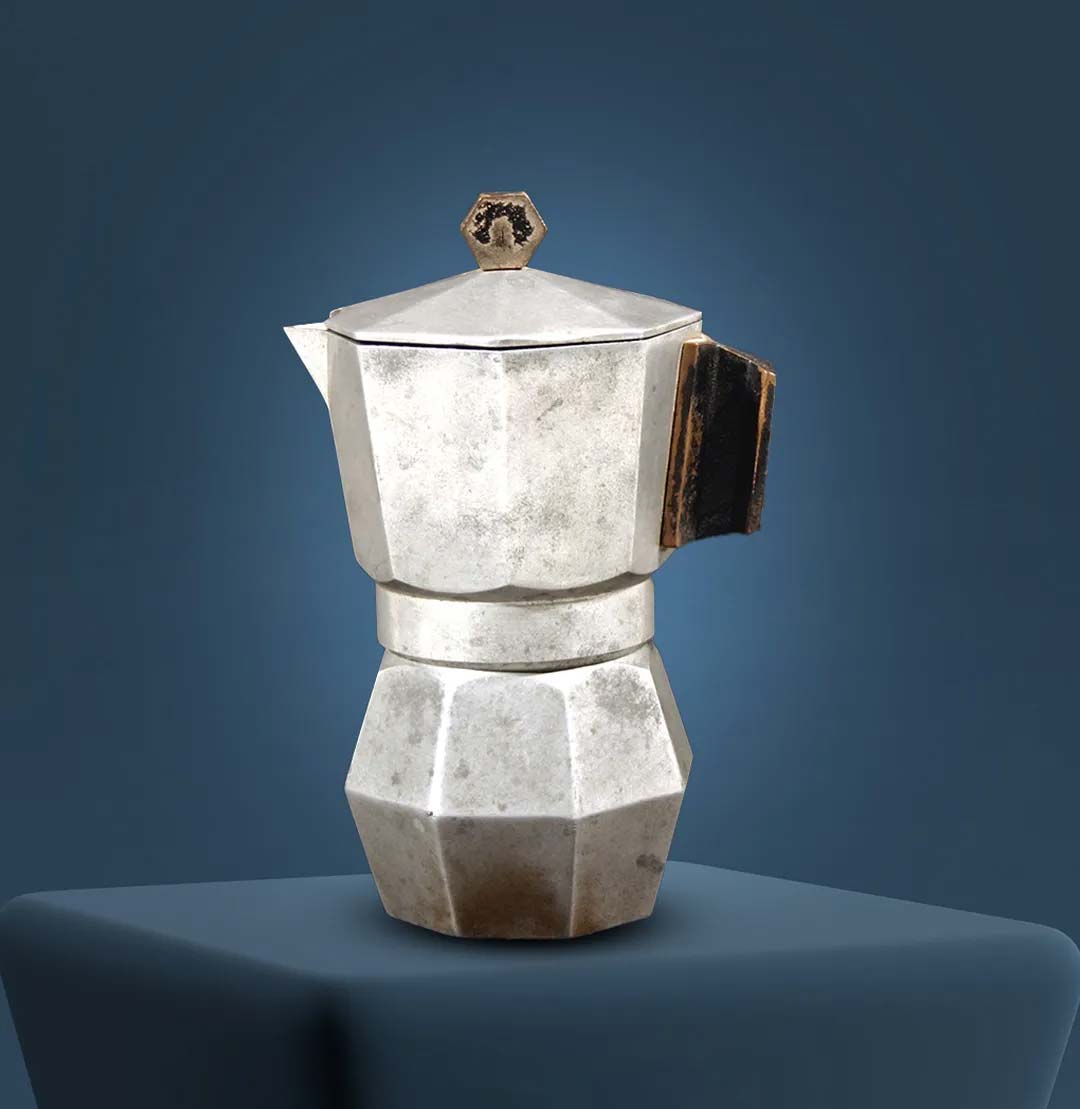 The Moka of
The Moka of The Moka of
The Moka of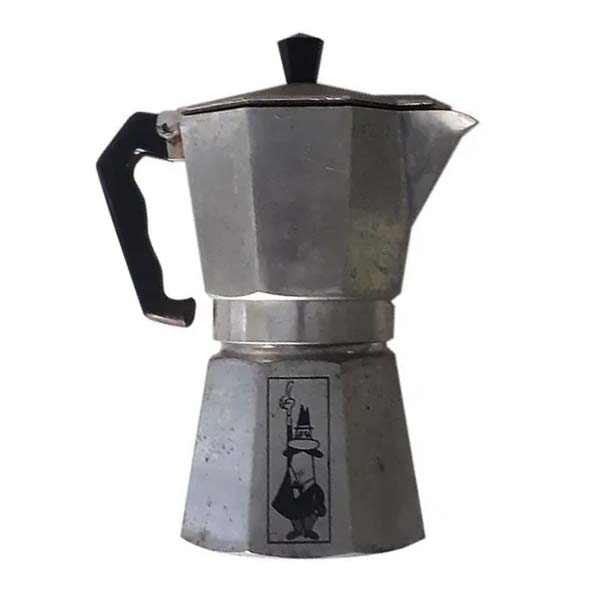 The Moka of
The Moka of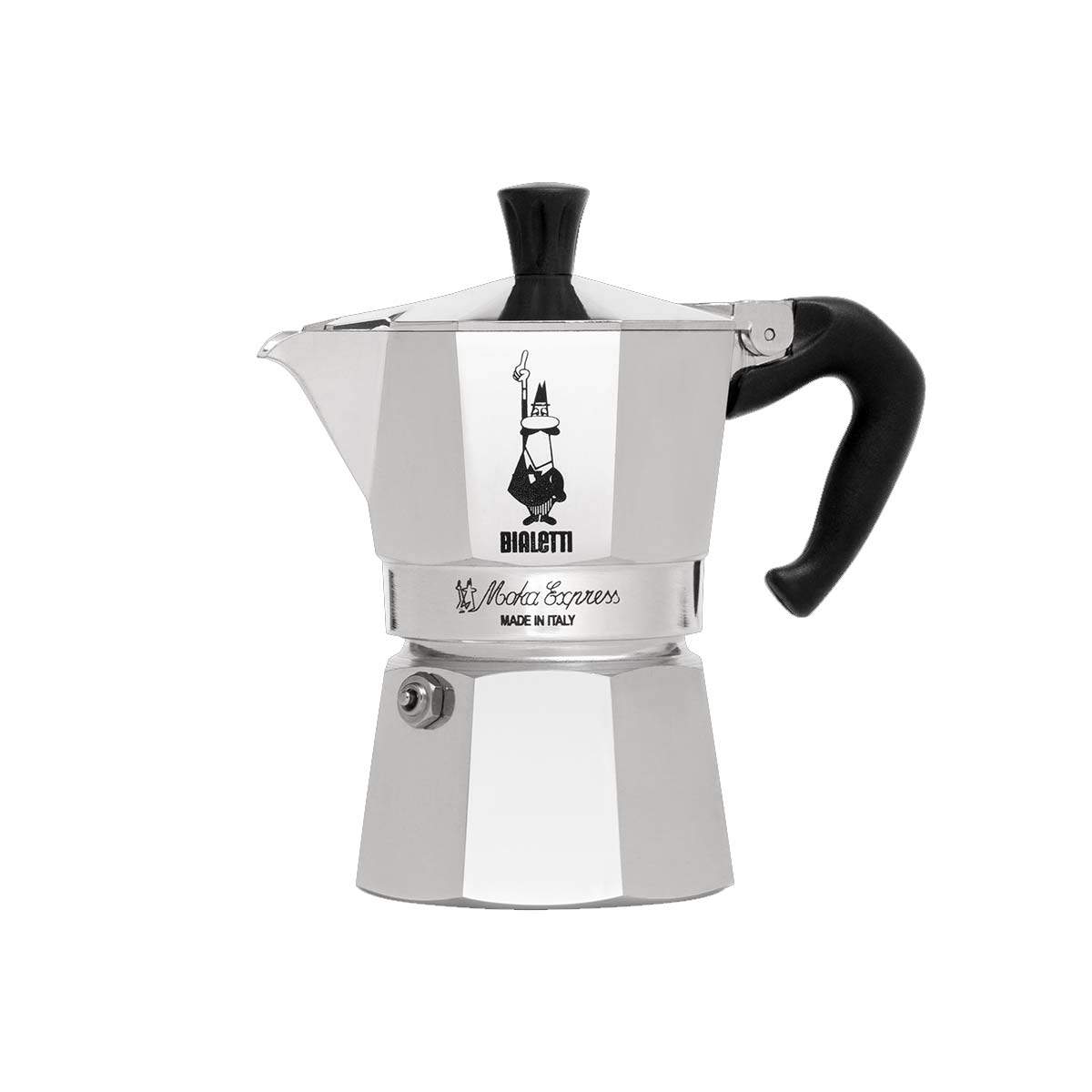 The Moka
The Moka
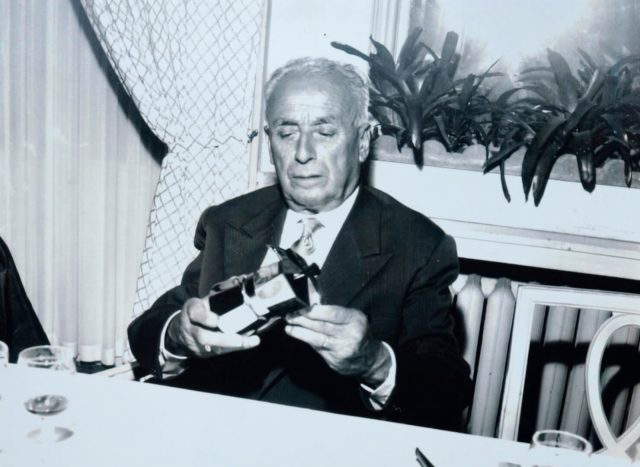
Bialetti chose to name its coffee maker “Moka Express” in reference to the city of Mokha, Yemen, which was famous for the quality of its coffee. Mokha was an important trading port for coffee in past centuries and its coffee was considered among the best in the world. Thus, the name “Moka” was chosen by Alfonso Bialetti because the inventor wanted his coffee maker to be associated with the quality and prestige of the Middle Eastern city’s coffee. This was a smart move, as the name of the coffee maker immediately evokes the idea of high quality coffee and a prestigious Italian product, in line with Alfonso Bialetti’s desire to create a coffee maker that represented the best of Italian coffee. So much so that today the term “Moka” has become almost a synonym for “coffee maker.” The Moka Express was “an anti-Starbucks phenomenon,” wrote William Lidwell and Gerry Manacsa in their book Deconstructing Design, “and it enabled all Italians to make quality espresso at home. With the fall of fascism and the rise of consumerism in the 1950s, ’coffee at home’ also gave women access to the coffee ritual that had previously been barred to them. Not only could women drink espresso in their homes, they could also drink espresso prepared by their husbands. This reversal of traditional gender roles contributed, literally and symbolically, to women seeking other achievements outside the home.”
Coffee making was made a very simple operation, to be accomplished in just a few steps: fill the lower part of the coffeepot (the boiler) with fresh water up to the level of the safety valve; insert the filter into the upper part of the coffeepot and fill it with ground coffee just before using it, without pressing the coffee too hard, so that the water can flow freely; insert the upper part of the coffeepot into the lower part, making sure that the rubber gasket is well in place and that the safety valve is clean; place the coffeepot on a stove with a medium-low flame and wait for the water to begin to boil and rise in the top of the coffeepot, waiting for the coffee to flow out of the filter; remove the coffeepot from the heat and serve immediately, as the coffee will continue to seep if left too long. Only a few precautions were necessary for good coffee with the mocha pot: do not over-boil the water in the coffee pot, as this can cause leaks from the safety valve and make the coffee bitter, and use a coffee blend suitable for preparation with the mocha pot and do not overdo the amount of ground coffee, as this could make the coffee too strong.
The success of the Bialetti coffee maker is due to its unique combination of simple design and functionality. The design, meanwhile: it features geometric shapes that make it instantly recognizable, in a style that was reminiscent ofArt Deco lines. The Moka consists of two main parts: the lower boiler and the upper carafe. The lower boiler is octagonal and has a safety valve that is used to let the steam escape so that the pressure does not rise too high. The upper carafe, into which the ground coffee is put, is also octagonal, its shape resembles that of a small cup, has a small bakelite handle (a material that does not absorb heat, and can therefore be taken in the hand without burning), an additional grip on the top to lift the lid, also made of bakelite, and a spout from which the coffee comes out. The carafe is connected to the boiler by a silicone or rubber gasket. The design of the Moka was later enriched in the 1950s by the presence of theLittle Man with the Moustache, a stylized figure representing a caricature of Renato Bialetti (Omegna, 1923 - Ascona, 2016), son of Alfonso, who took the helm of the company in 1946, evolving it from an almost artisanal enterprise, producing about ten thousand coffee makers a year, to a large company capable of producing eighteen thousand a day: the famous Omino was designed by Paul Campani (Modena, 1923 - 1991) in 1953 and became famous thanks to the commercial aired by Carosello, in which the Omino repeated catchphrases such as “It seems easy to make good coffee” or “See you at the bar! Instead they all came to my house for coffee,” with his mouth taking the shape of the letters he pronounced. What’s more, in addition to being aesthetically pleasing, the Moka was also designed to be easy to use and clean, making it an ideal choice for people who love quality coffee but don’t want to complicate their lives.
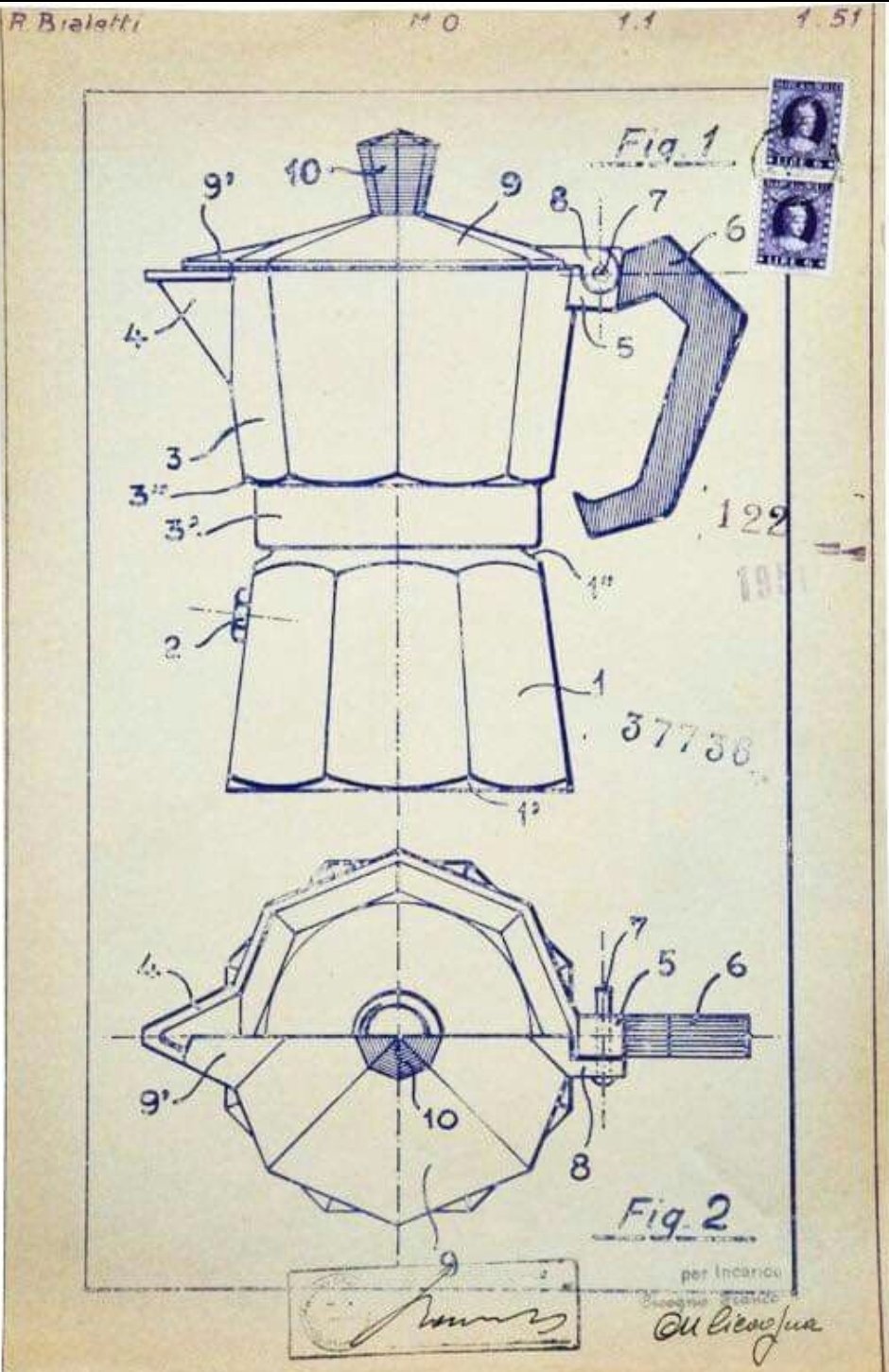

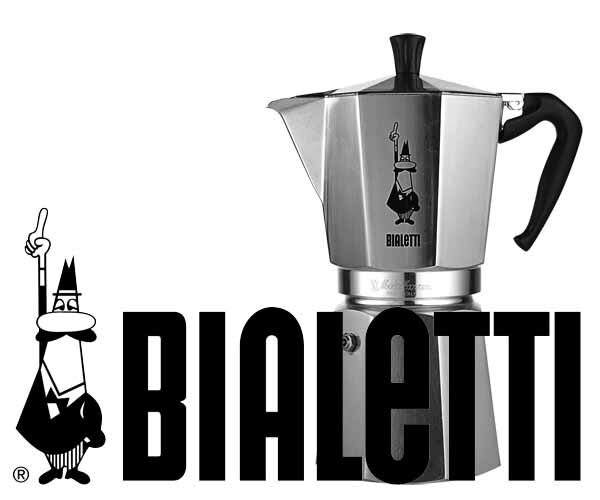 The Moka with the Little Man with a
The Moka with the Little Man with a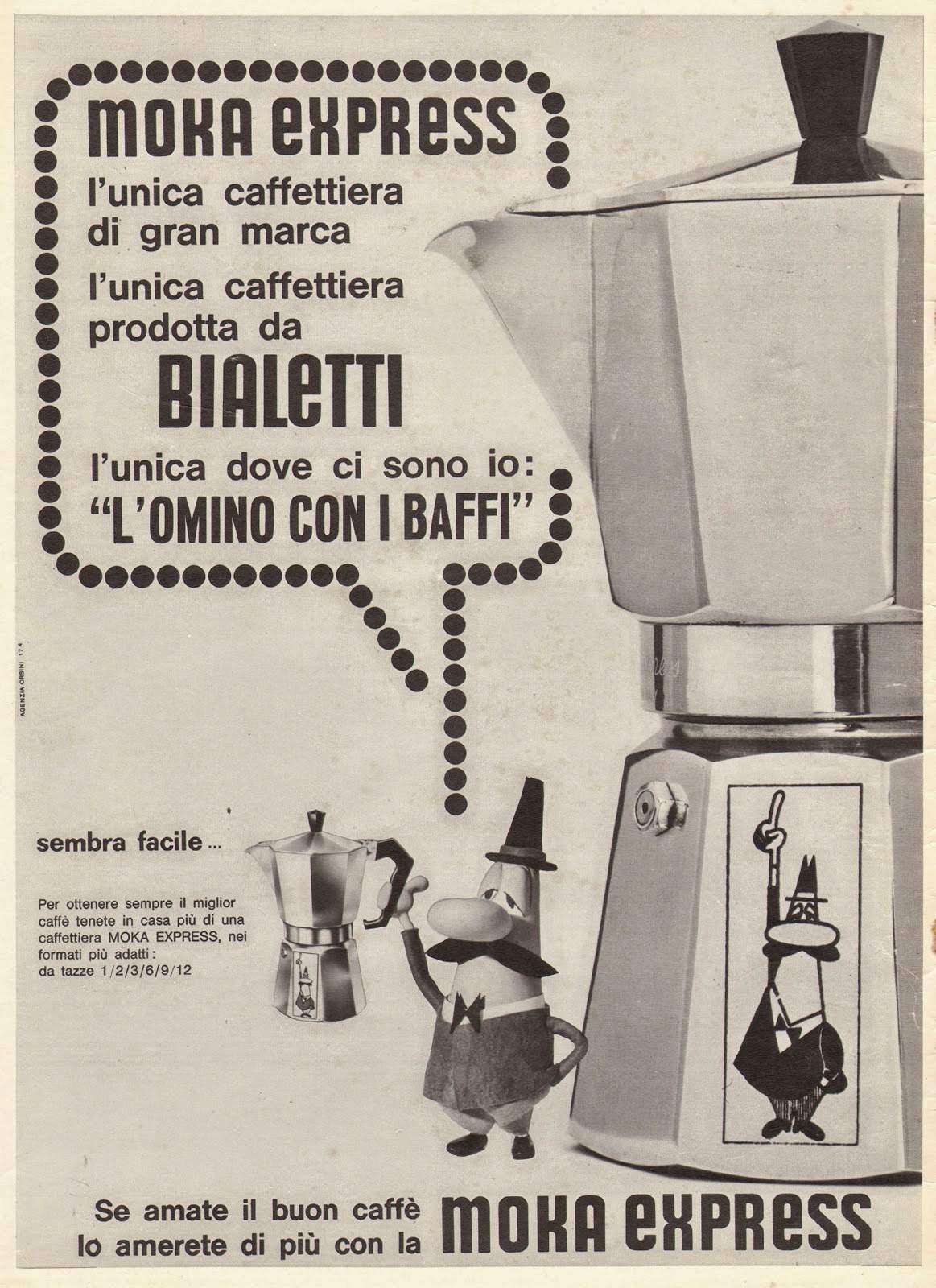
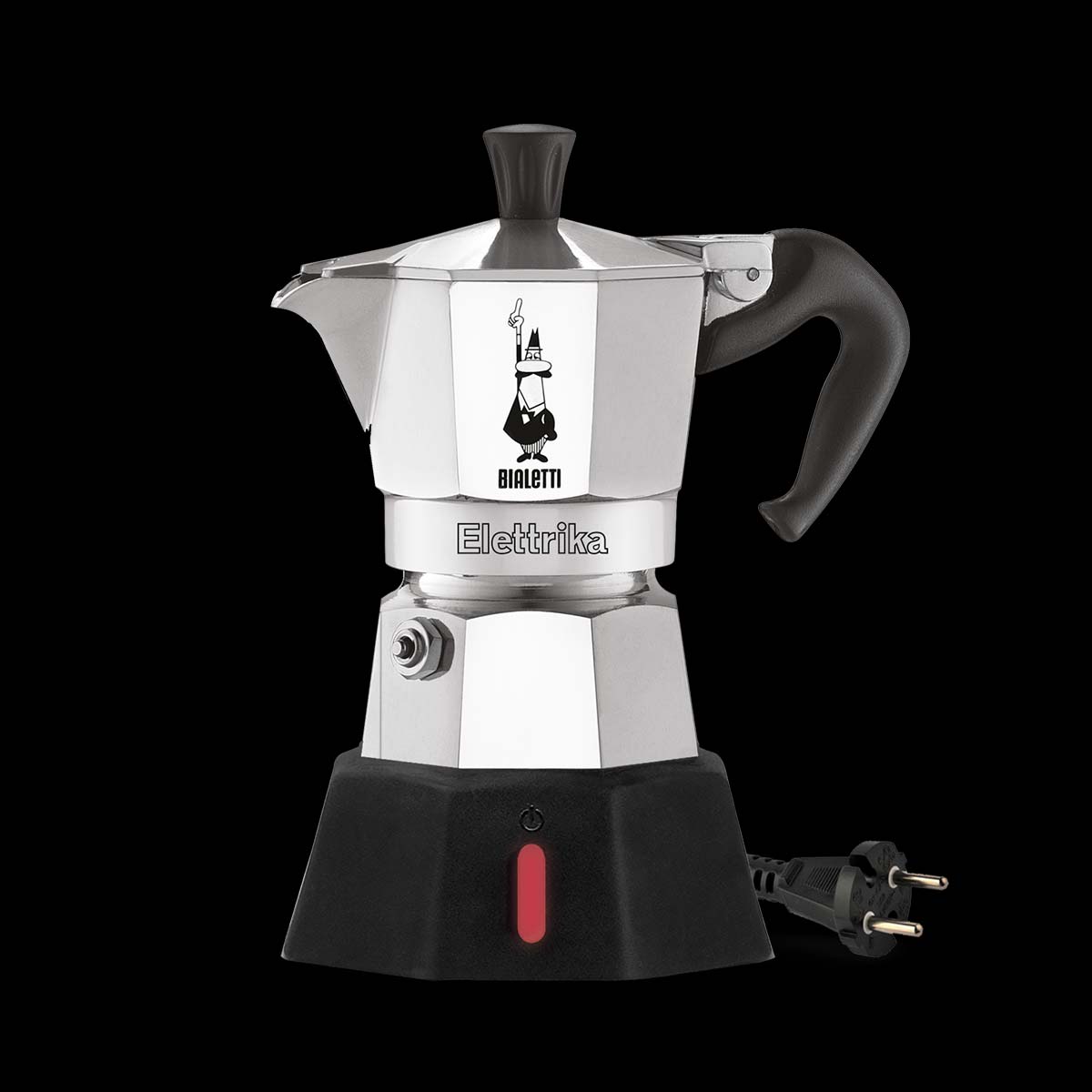 The Moka
The Moka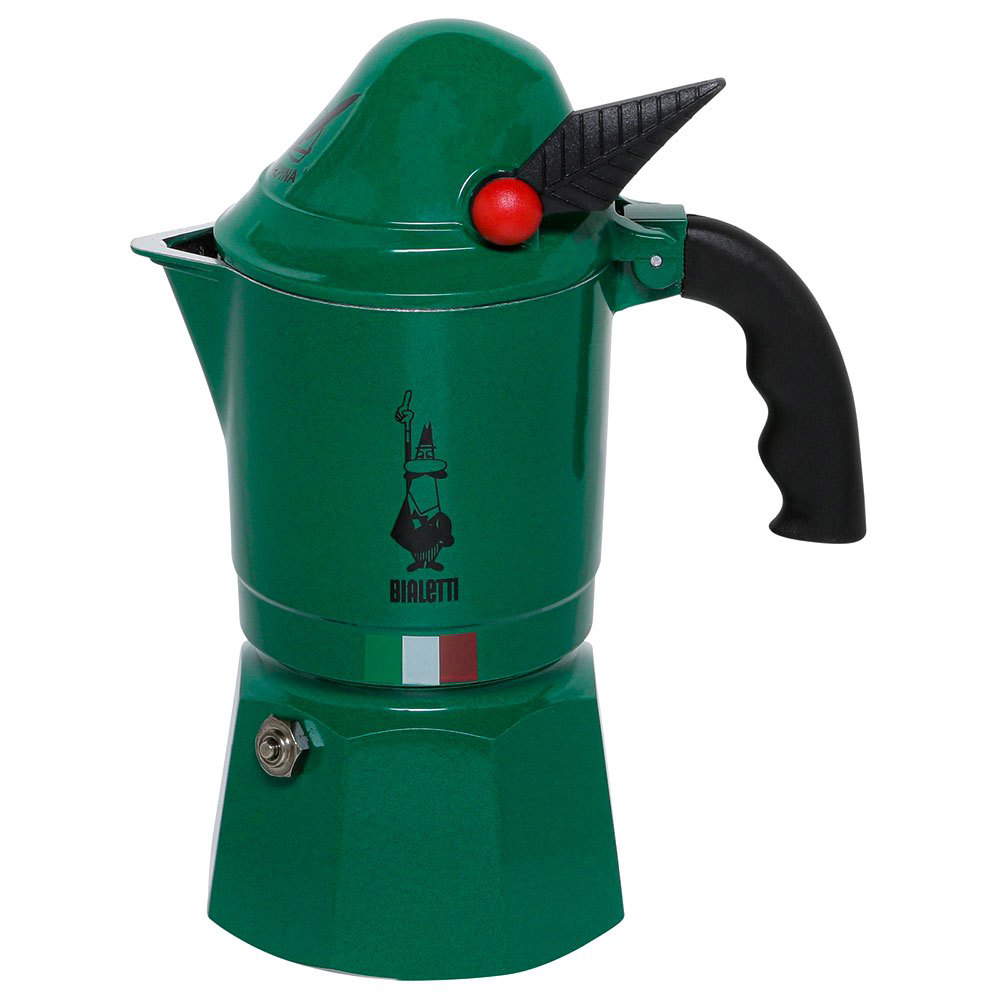 The Moka
The MokaBefore the invention of the Bialetti coffee maker, in fact, it was more difficult to make coffee at home, so much so that many preferred to go out and get it at the bar. For those who wanted to stay indoors, however, the options were the plunger coffeemaker (invented in France in the 1850s, it consisted of a coffeemaker composed of a boiler in which water was put and a filter in which ground coffee was put, which was pressed with a plunger to pass hot water through the coffee), the filter coffeemaker (invented in thebeginning of the 19th century, involved very simply boiling water that was poured over a paper filter on top of which was the coffee powder), and then again the Neapolitan coffee pot, the most widely used before the invention of the Moka (also invented in France, in 1819, it owes its name to the wide diffusion it had in Italy, although in Naples it is called cuccumella: it involved passing boiling water through the filter by means of gravity), or Turkish coffee, a method common in the Middle East that consisted of boiling ground coffee with water in a special coffee pot that had a pointed shape and a long handle (the coffee was then filtered through a fine sieve).
The Moka quickly came to prominence because of its recognizable design, its ease of use, the fact that it was produced in different sizes so as to fit the needs of all families, and the taste of coffee that was obtained with this system. And it is also one of the products that best convey the sense of Italian design: a quest “characterized by the combination of technical excellence with a unique style to promote a friendly and easy aesthetic,” wrote design scholar Steven Faerm, noting how this approach is also to be found in the Moka, which “embodies the Italian attitude to create objects charged with semantic value and the ability to generate an emotional response.” Moreover, the Bialetti coffee maker has remained basically the same over the years, although some changes have been made over time. Meanwhile, on materials: the first Moka models were made of aluminum, but as time went on, models were introduced in stainless steel, a material that provides greater strength and durability and avoids corrosion phenomena. Different sizes for the coffee maker were then introduced, as well as new features, such as the ability to use the Moka on different heat sources, such as gas stoves, electric stoves, and even induction stoves. The design has also undergone some changes, with the handle having taken on an anatomical shape as early as the 1950s to allow a better grip than the 1933 model.
Today, several variations of the Bialetti coffee maker are available to meet the needs of consumers. You can buy the aluminum Moka, which is available in different sizes, from the smallest for a single cup to the largest for ten cups. Then there is the stainless steel version for added strength, also in different sizes. You can buy Moka Induction, with its characteristic cylindrical-shaped boiler, designed for use on induction cooktops, and made of anodized aluminum. There is the Electric Moka, a version that has an electric base and therefore does not require to be placed on a stove. And then the Moka is available in a variety of colors (there is also the tricolor one, there are designer ones, there was even one produced that resembles the silhouette of an alpine soldier). So many variations for a unique product, which for decades has united, and still continues to unite, Italians in a sort of collective daily ritual that few know how to give up: that of a good coffee. Even better if prepared with one of the cornerstones of Italian design.
Warning: the translation into English of the original Italian article was created using automatic tools. We undertake to review all articles, but we do not guarantee the total absence of inaccuracies in the translation due to the program. You can find the original by clicking on the ITA button. If you find any mistake,please contact us.




























